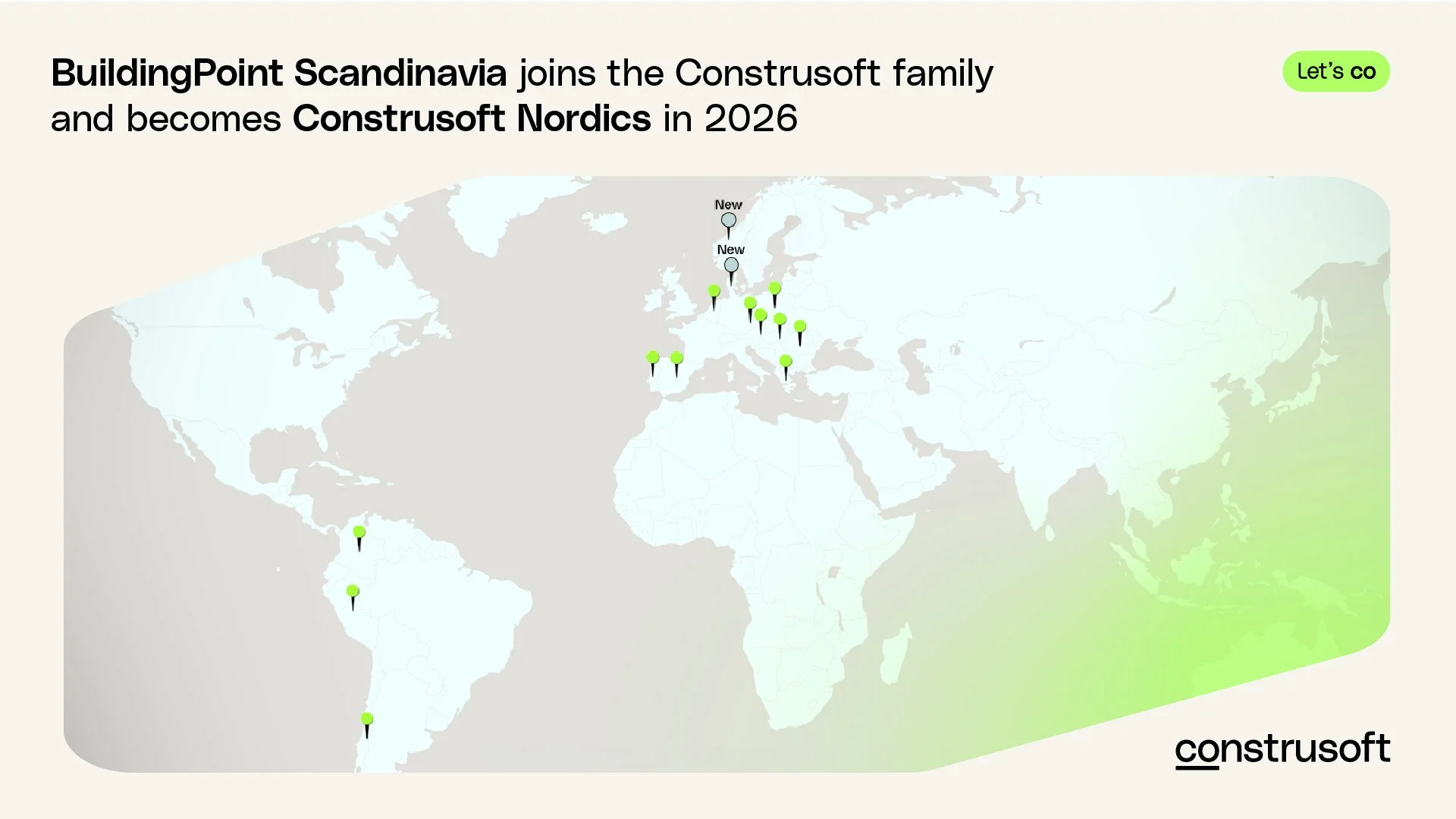WEBINAR: 3D analysis and verification of a telecom mast anchoring system
VIDEO: Recorded webinar by IDEA StatiCa covering the 3D analysis and verification of a telecom mast anchoring system. (The webinar has been edited for time for your convenience!)
A telecom mast project in Jutland, Denmark, required KI Consulting Engineers to verify a heavily loaded anchoring detail that standard code checks could not reliably assess. In a recent webinar hosted by IDEA StatiCa it was demonstrated how a full 3D reinforced-concrete analysis using IDEA StatiCa 3D Detail helped establish the actual capacity of the system.
Formulas couldn’t verify the anchoring system
IMAGE: Anchoring system, supports for a telcom mast. Image courtesy of KI Rådgivende Ingeniører
Each leg of the mast was supported on a concrete pedestal with a circular baseplate and seven cast-in anchors.
With more than 1300 kN of tension acting on a single pedestal under wind loading, the anchorage was a decisive part of the design.
The initial verification in IDEA StatiCa Connection showed no issues in the steel components.
The concrete breakout assessment, however, failed—not because the detail was inherently inadequate, but because the Eurocode formulas assume an unreinforced concrete block. They cannot account for the reinforcement that had been placed to control cracking and carry tension around the anchor zone.
This created a discrepancy: The physical design was robust, but the simplified method could not confirm it.
Meet KI
Meeting the demands of modern structural engineering means tighter timelines, more complex geometries, and higher expectations for transparency.
KI Consulting Engineers meet these challenges with an ambitious mindset and tools to to make it happen!
Realistic and quick assesment in 3D
IMAGE: IDEA StatiCa 3D Detail, anchoring system, supports for a telcom mast. Image courtesy of KI Rådgivende Ingeniører
To resolve this, the anchorage model was exported to IDEA StatiCa Detail. Here, the pedestal could be evaluated with its actual reinforcement and geometry using a nonlinear 3D analysis.
This approach revealed the real load-transfer mechanism: compression fields beneath the baseplate, tension taken by reinforcement around the anchors, and stress paths spreading through the pedestal.
Instead of relying on idealized breakout shapes, the analysis captured how the reinforced concrete element behaved as a whole.
The result showed that the anchoring system had sufficient capacity to carry the governing load.
Between formulas and general FEA
Watch the webinar above to learn how the engineers validated a detail that standard formulas struggle to confirm, and how the IDEA StatiCa 3D Detail helped the team avoid time-consuming FEA to understand the actual behaviour of the reinforced pedestal.
Thank you!
Many thanks goes to KI Rådgivende Ingeniører for sharing this story and contributing to the structural engineering community, and thank you to the IDEA StatiCa team for the support!
OTHER ARTICLES












